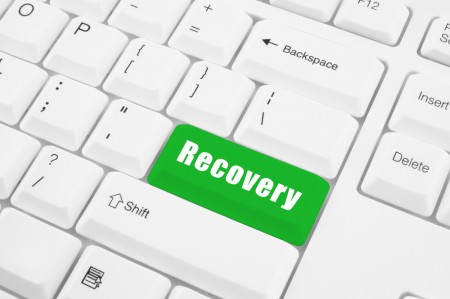“If a tree falls in a forest and no one is around to hear it, does it make a sound?” is a brain-teaser philosophical question. If a customer complains and no one hears it, that’s a problem! And if a customer complains, someone hears, but does nothing about, that’s still a problem!
Here’s where service recovery programs come into play.
Service recovery means recognizing and acting on a customer’s issue. That requires good feedback programs, but it also requires a well designed program office to take action to address the issue, “recovering” the customer for the organization. Simply reacting to complaints is a poor approach, if for no other reason than that the reaction is likely to be delayed. The longer the response to a customer issue — even if it’s a proper response — the angrier the customer will be.
Well designed service recovery programs have structured, consistent processes for how complaints are identified and then acted upon toward the goal of recovering the customer.
But that’s half the story.
The second half is to learn from the issues that customers have raised. What are the lessons learned and how can we improve all the customers’ experiences based on the feedback? Without this second piece a service recovery program isn’t fulfilling its true potential in a company’s customer experience management program.
Great Brook has deep expertise in feedback collection, operational design, and continuous improvement. We can design and implement a service recovery program that will increase customer satisfaction and loyalty – and likely reduce cost for the company.


